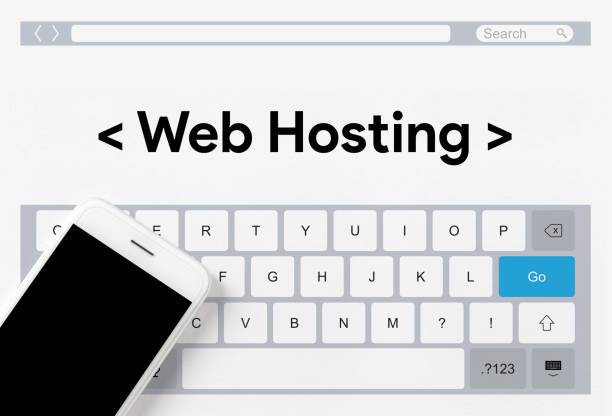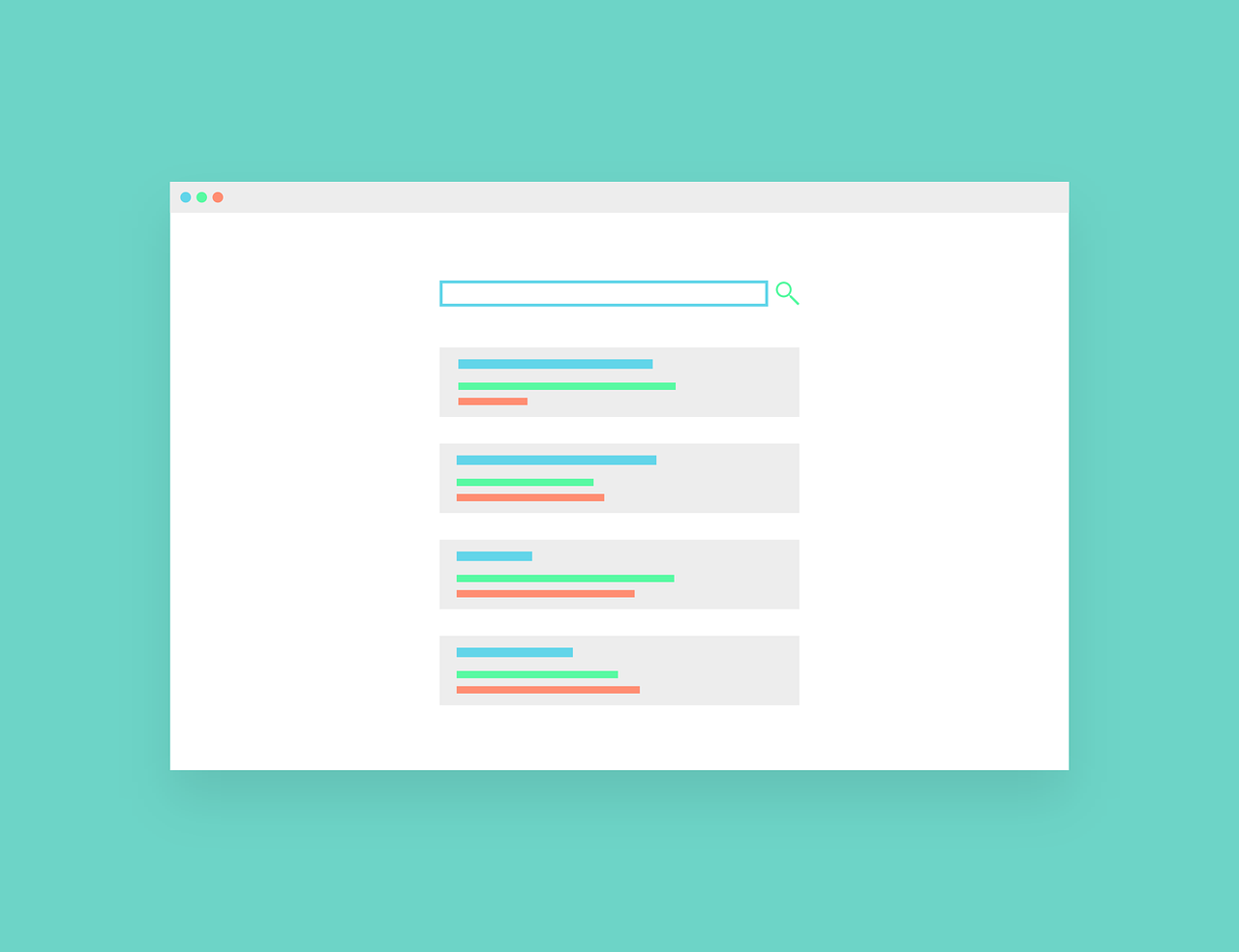If you are all set to take your business online, then you should know about web hosting and which type of web hosting services will be best for your business. This guide will let you know how to host a website and everything you should know about hosting.
What are web hosting services?
Web hosting is about putting your website on the internet to enhance your brand presence. Each website you see on the internet is hosted by hosting providers. Business persons can either go with dedicated, shared, or VPN hosting.
What is required to host a website?
Primarily domains and servers are necessary to host a website:
Domains: Domain is the website name people will type on the address bar to access the website. It has many structures like .com, .net, .org, .gov etc.
Servers: Servers store all the website information. Unlike your desktop or computer, servers are super-fast computers which give good speed to your website to make it accessible to others. By two ways you can choose a server. You can either outsource a hosting provider with preconfigured servers with a support team who can help you out, or you can create your server. Both these options have their pros and cons; however, outsourcing a hosting provider is recommended if you are not technically savvy.
Host your website through a hosting provider
In this condition, your hosting provider will give you preconfigured website. Such servers can give you a fast response time, excellent connectivity, and good reliability so your audience can easily access your website. Also, such servers make it easy for you to create your website and show it to the world.
1. Pick your hosting type:
Firstly choose which type of web hosting will be better for your website. This decision will depend on the server’s speed, capability and price. Some common hosting types are dedicated, shared, managed and VPS.
2. Choose your hosting provider.
As you know the types of hosting provider, now you should outsource a reputed hosting provider company. To choose the best one for you, below are some of the aspects which you should look at in your outsourced hosting provider:
Upload: Your website uploading speed will decide the loading time of your website. You should know the upload speed of various hosting providers and choose the one with the highest speed.
Response Time: It is the time your server will take to provide website information to your visitors after entering the domain name. It has an impact on your website speed. As per industry standards, 250ms to 750ms is the ideal speed range for any website.
Available hosting types: Ensure that your hosting provider gives you the proper type of hosting you need for your website. Look for cheap web hosting in India to remain within your budget. But don’t forget to check their reputation before making a deal.
Support: Your hosting provider should give a proper support system which can provide you phone, email, and live chat support 24*7. This support team plays a crucial role when you need to connect your domain or website or have any query about website hosting.
Customer Feedback: You should check the customers’ feedback and reviews before finalizing your hosting provider. It will give you an idea about the provider’s speed, customer support and uptime.
Cost: Various web domain hosting providers will have packages. Usually, shared hosting is a cost-effective option for companies. VPS will be a bit costlier than sharing, and managed hosting will be the most expensive.
3. Domain Registration
You can get the domain through your hosting provider. Most hosting providers have a domain included in their monthly hosting packages. Another option is to complete this task with a domain registrar. These registrars can also provide you with outside.com options.
4. Site migration to your hosting provider
Once you got both the domain name and hosting provider, the next task is migration to your hosting provider’s server. There are two ways of doing this migration.
In the first scenario, you must move your website from the computer to the outsourced company’s server. You can access the hosting provider’s dashboard using FTP (File Transfer Protocol).
The second scenario is about moving a website from one hosting provider to another. In such a case, your hosting provider will usually allow you to contact their support team to proceed with such an exchange. Also, you can do this manually by downloading the website files and moving them over using the method described in the first scenario.
Conclusion
So, have you decided to go with which type of hosting? If not, decide its type first, followed by the outsourcing of the hosting provider. Look for best web hosting services in India to successfully host your website and get the desired speed, load time and connectivity.


















